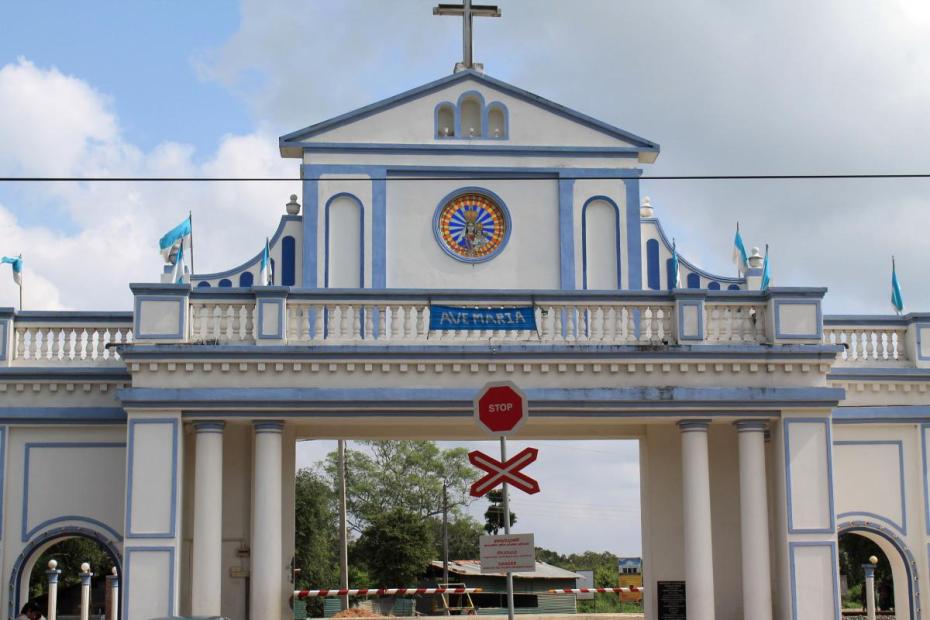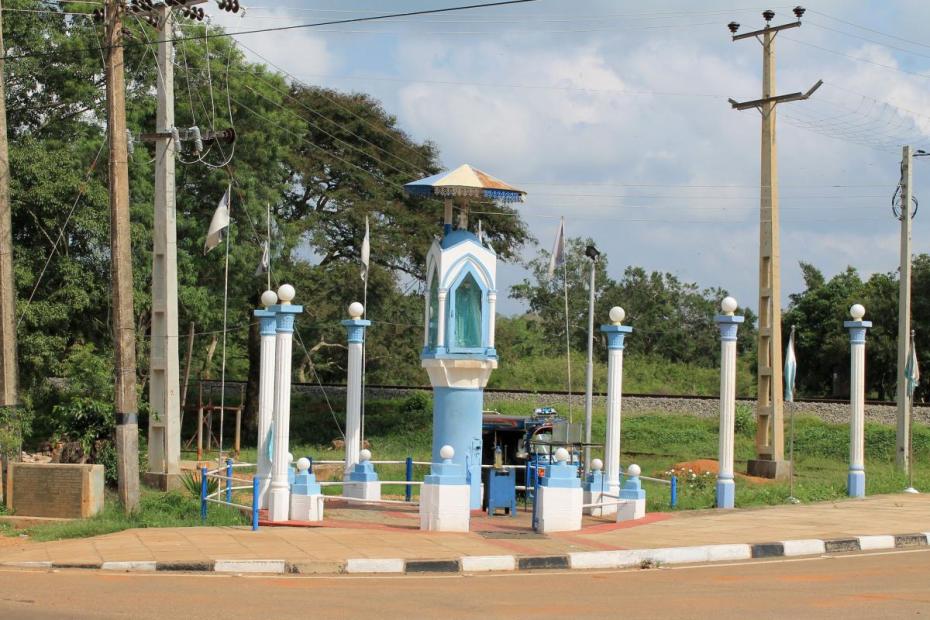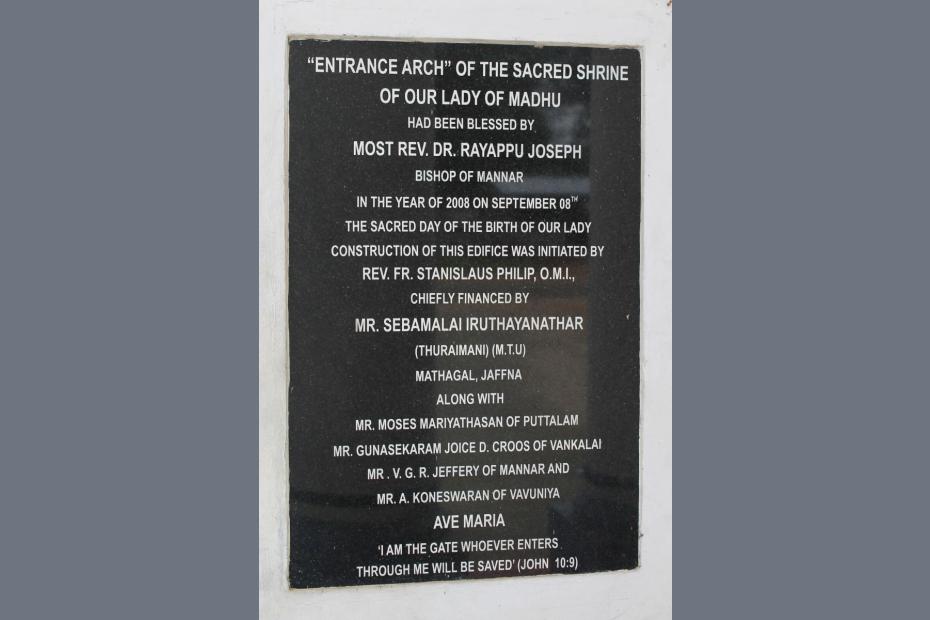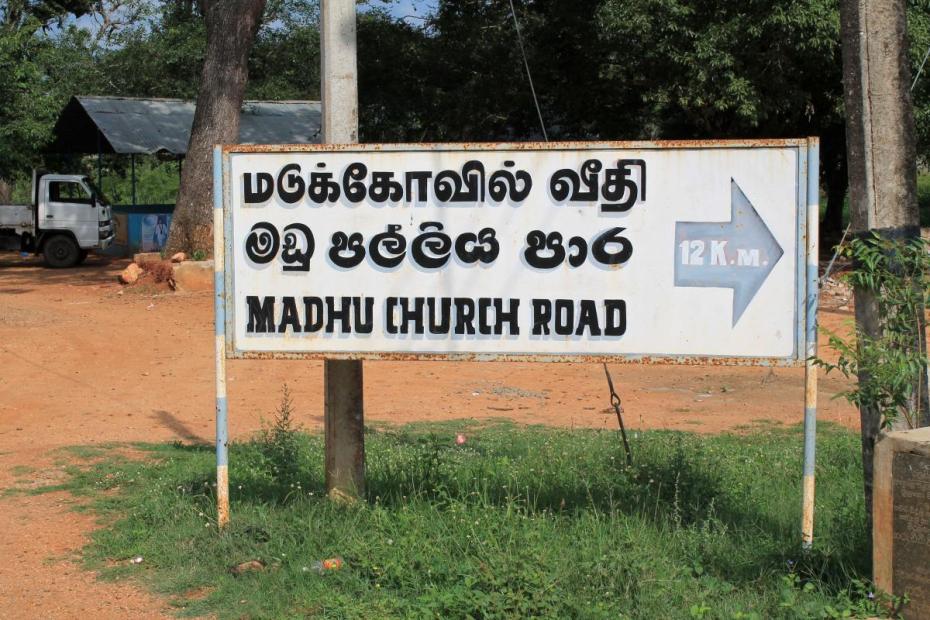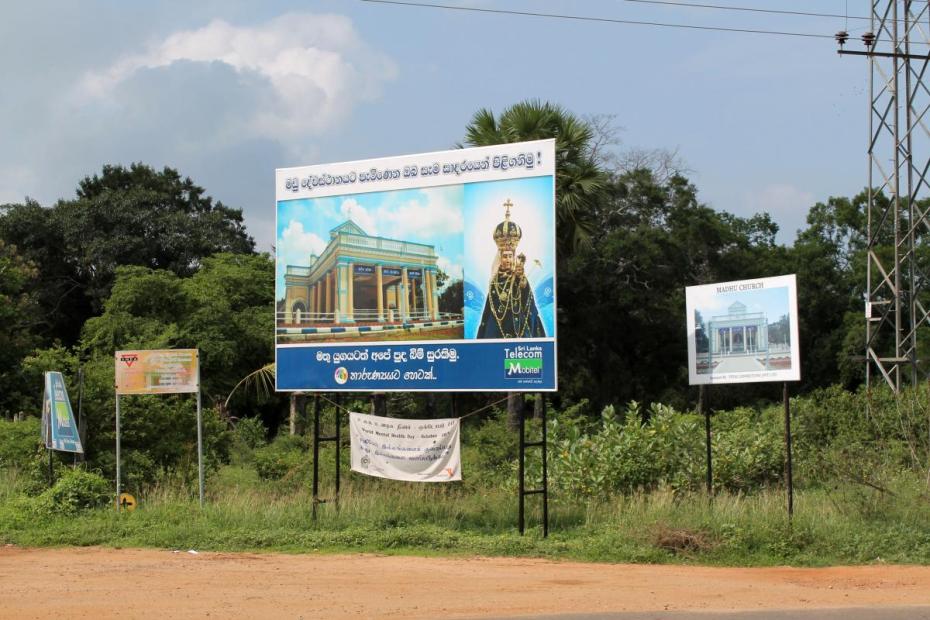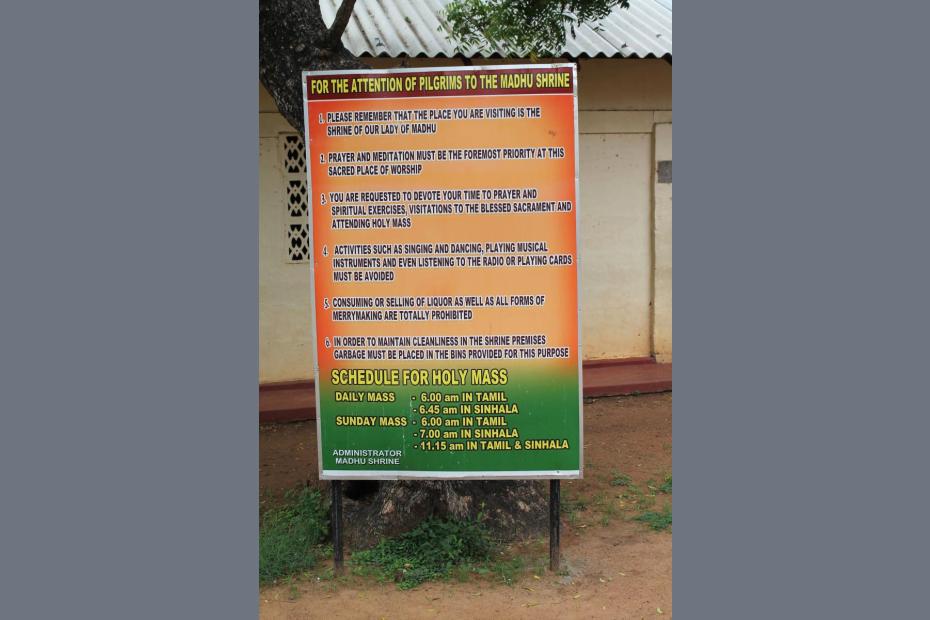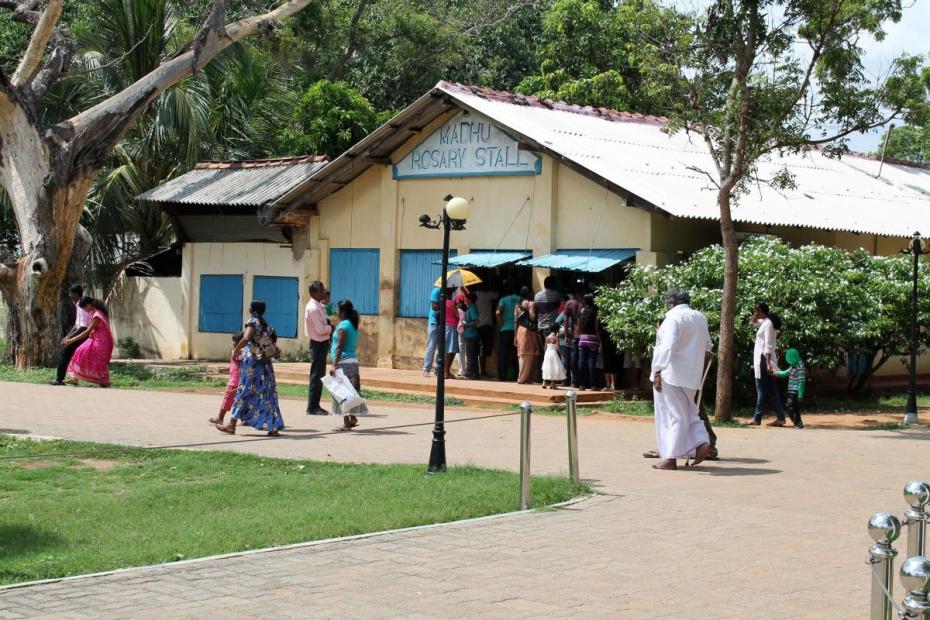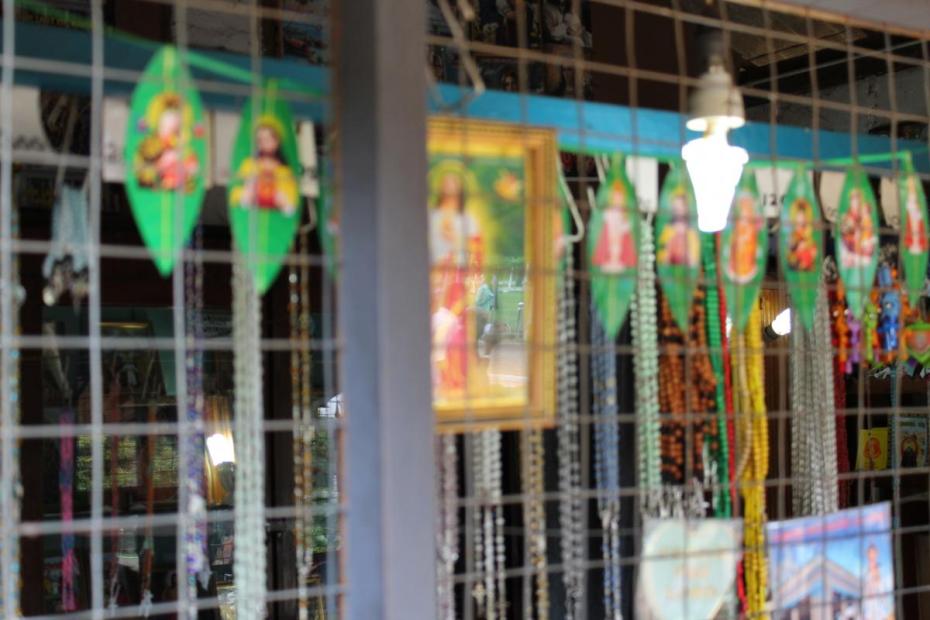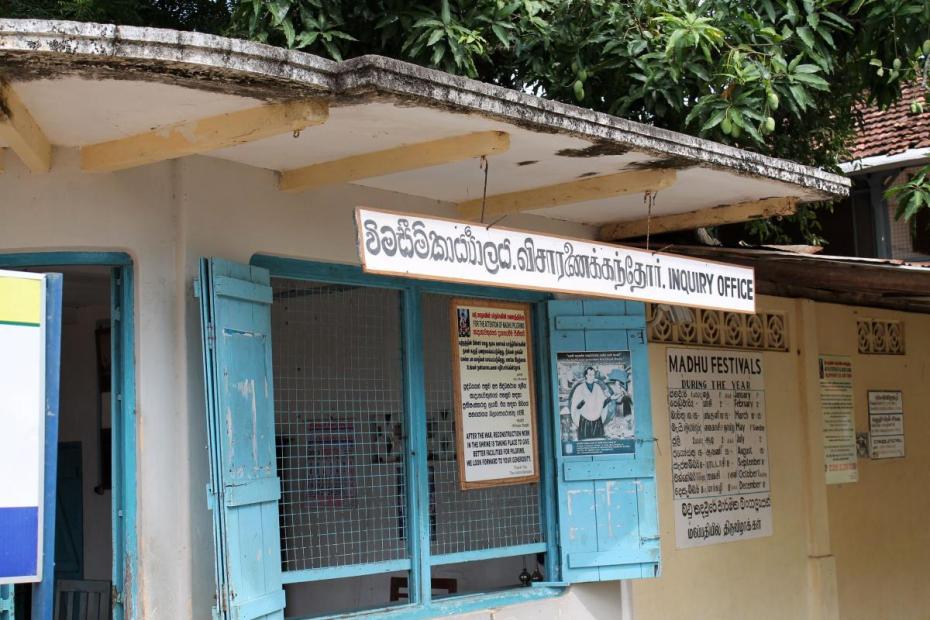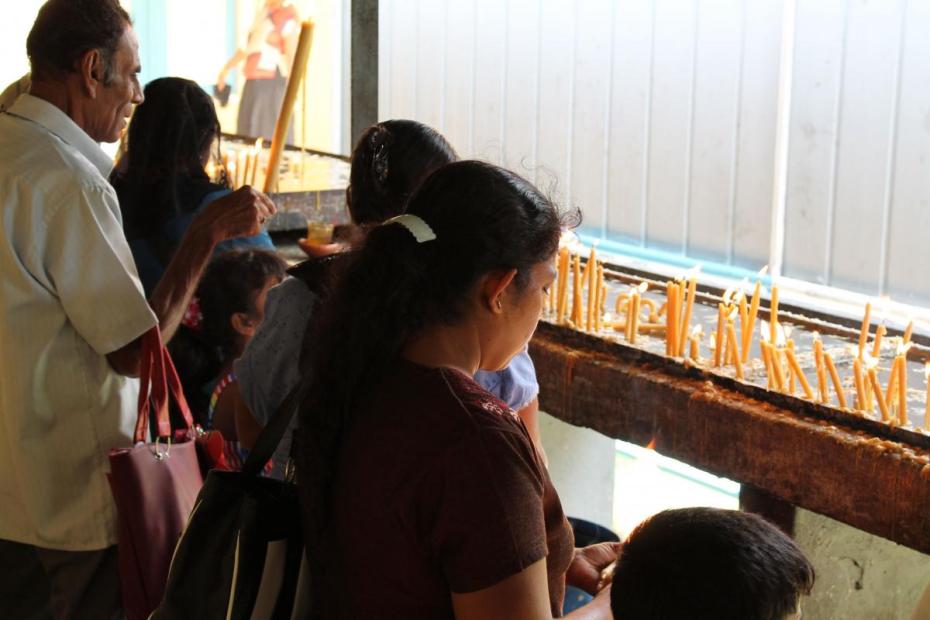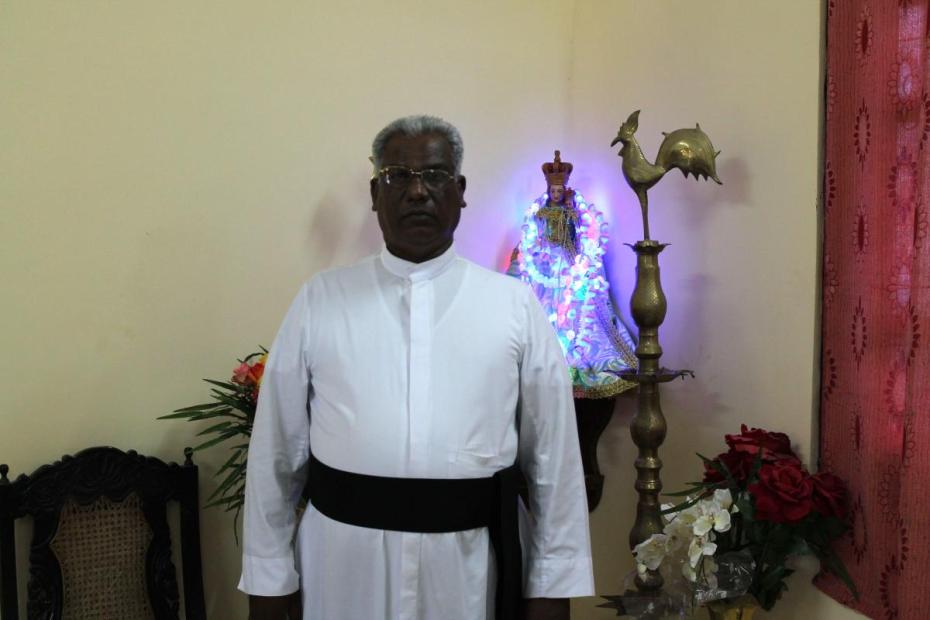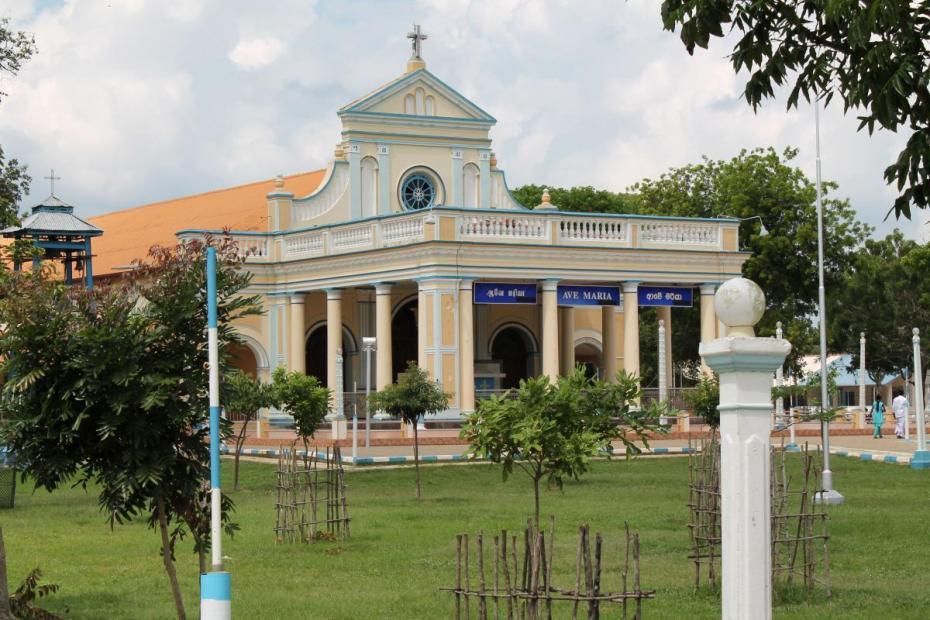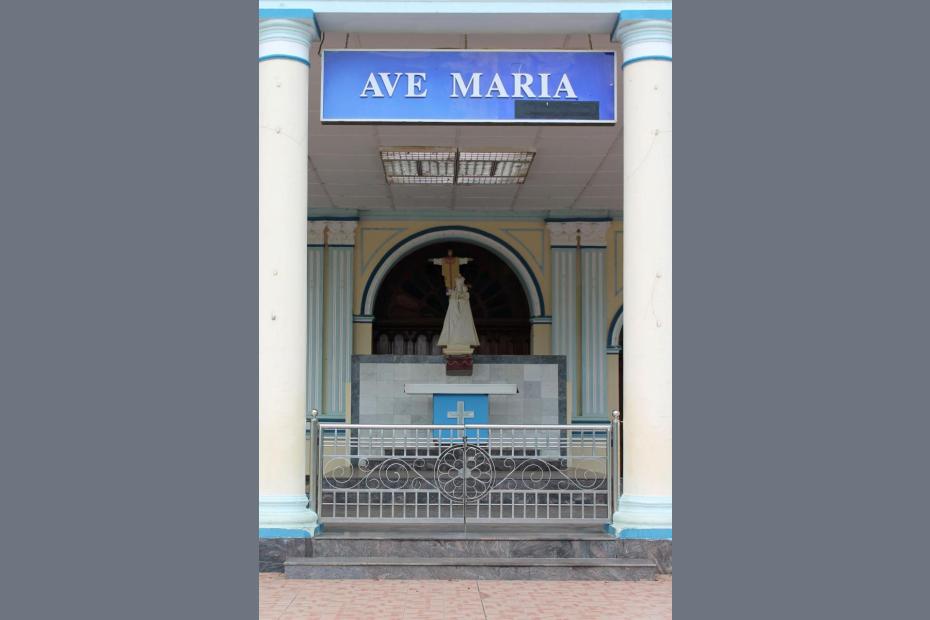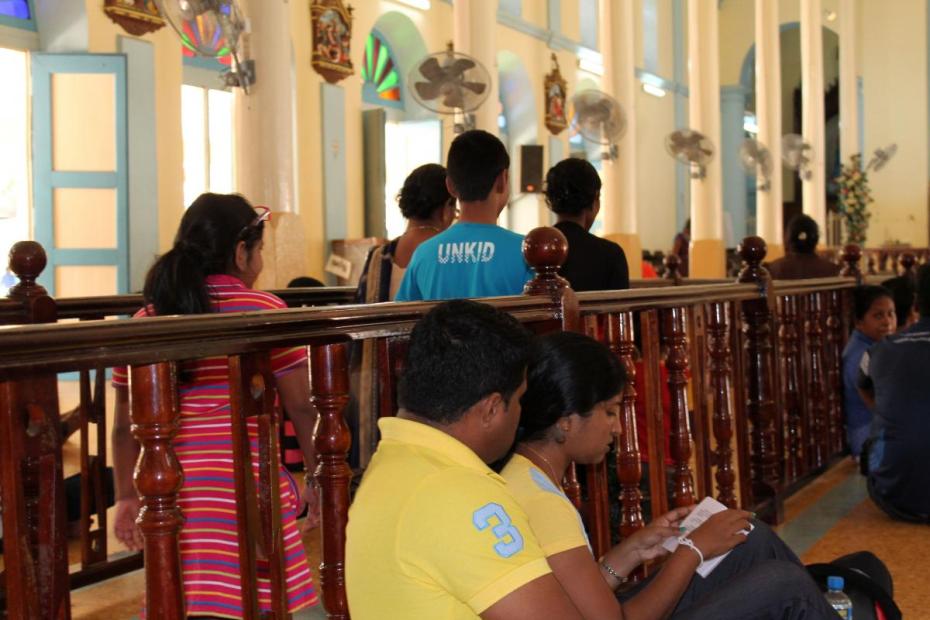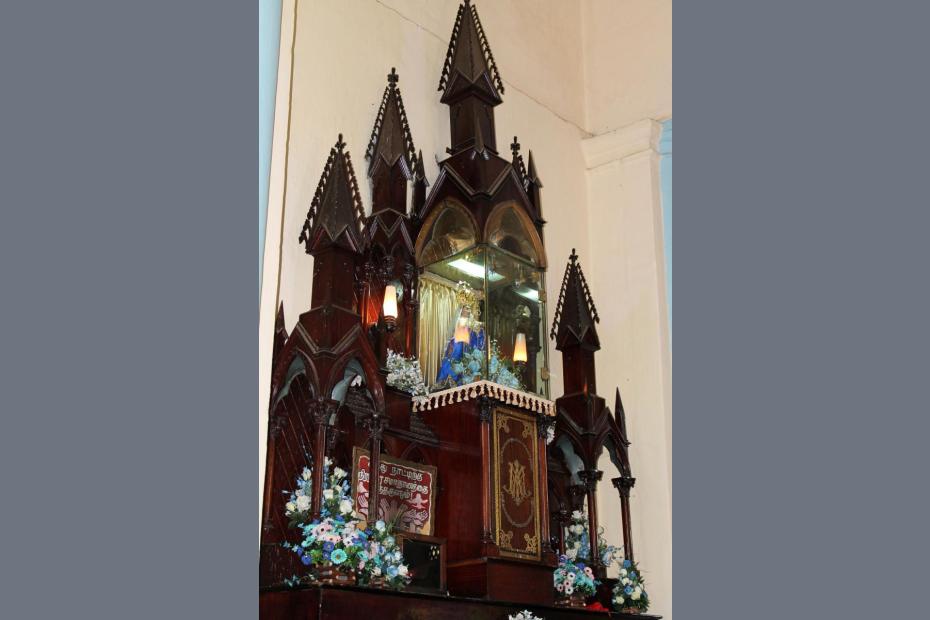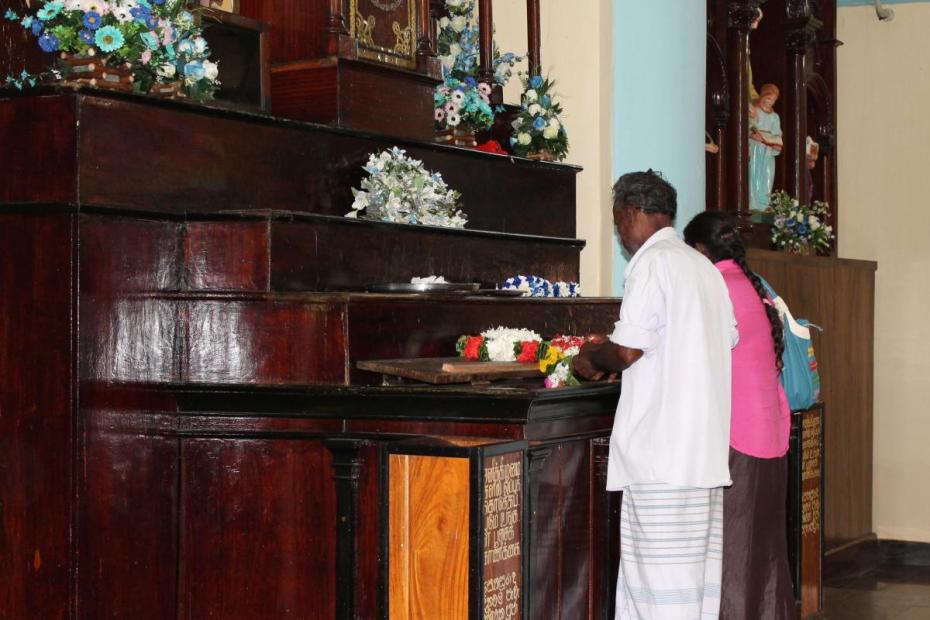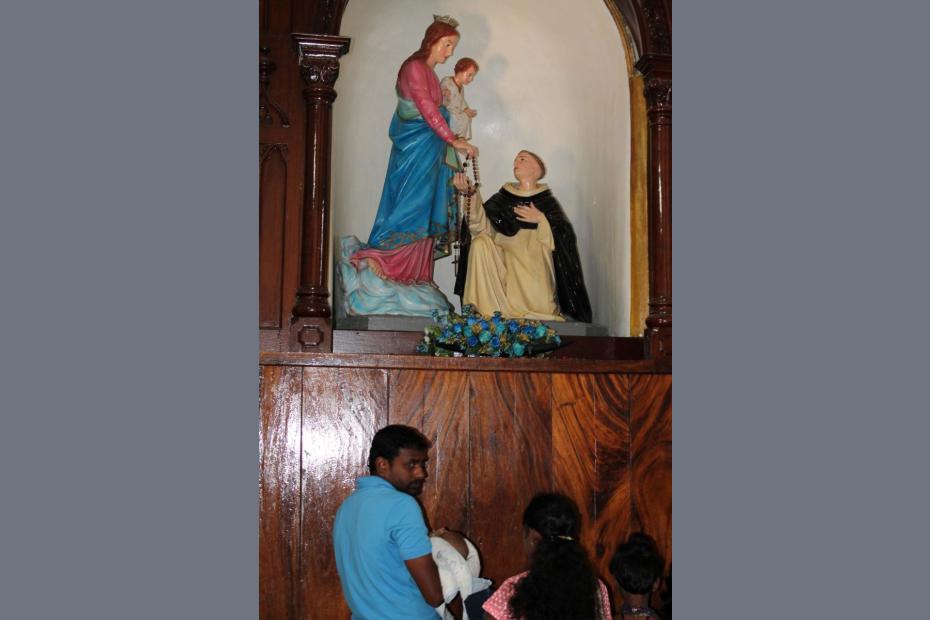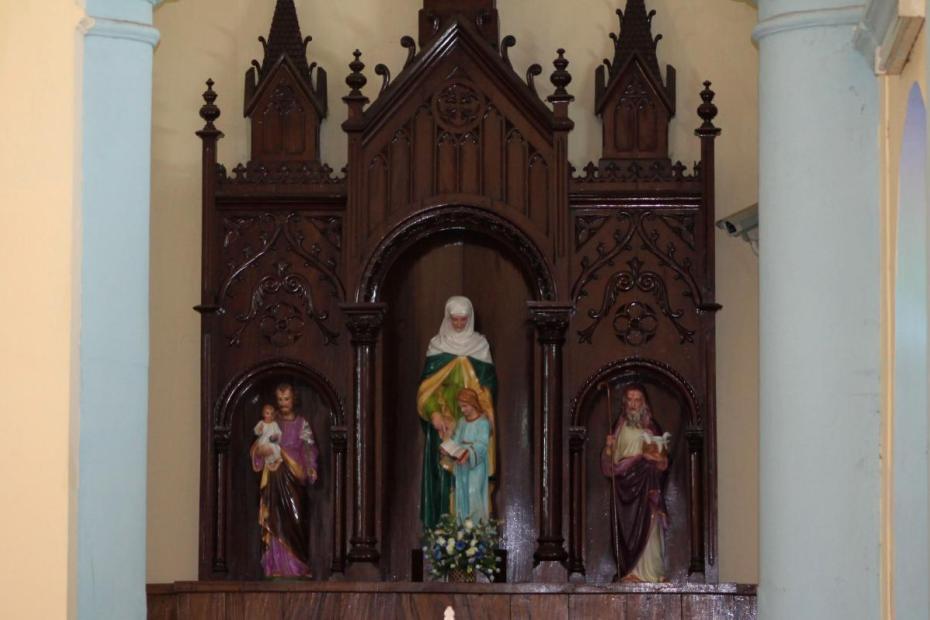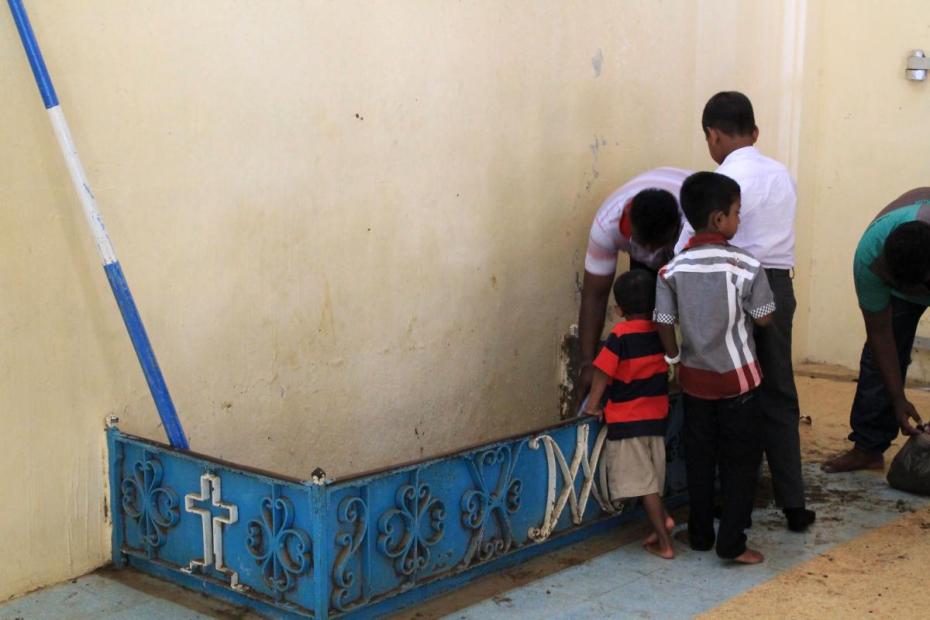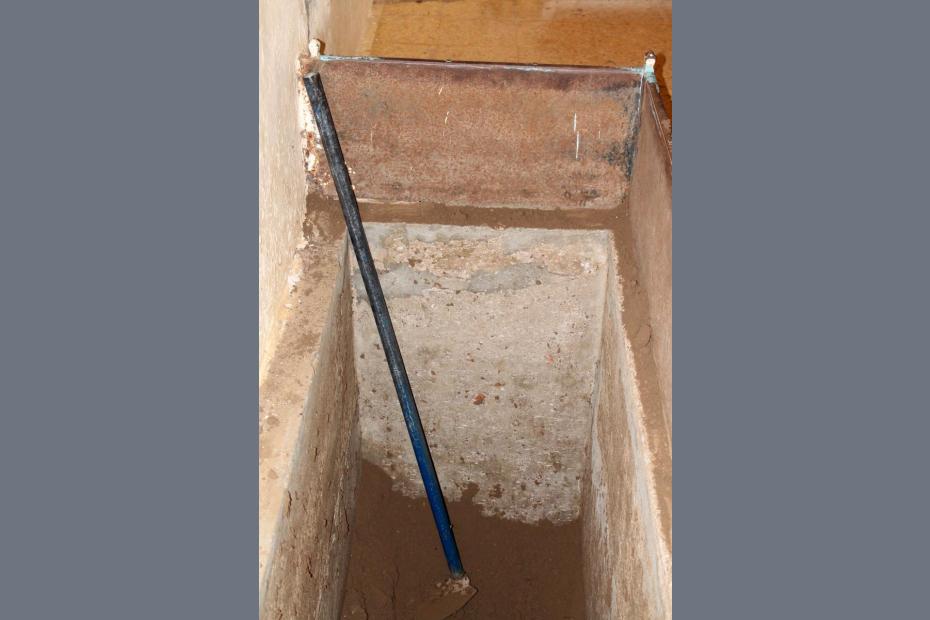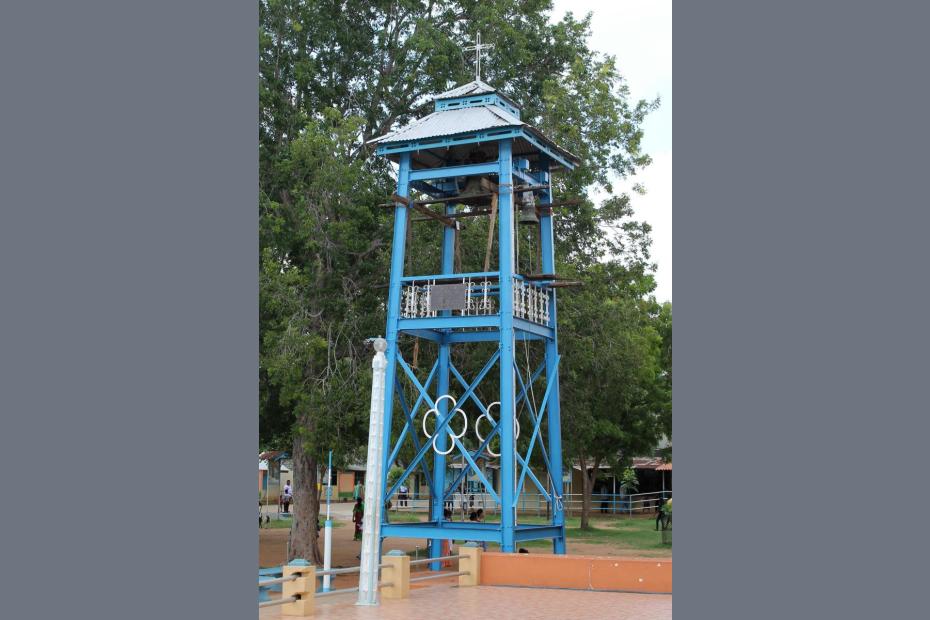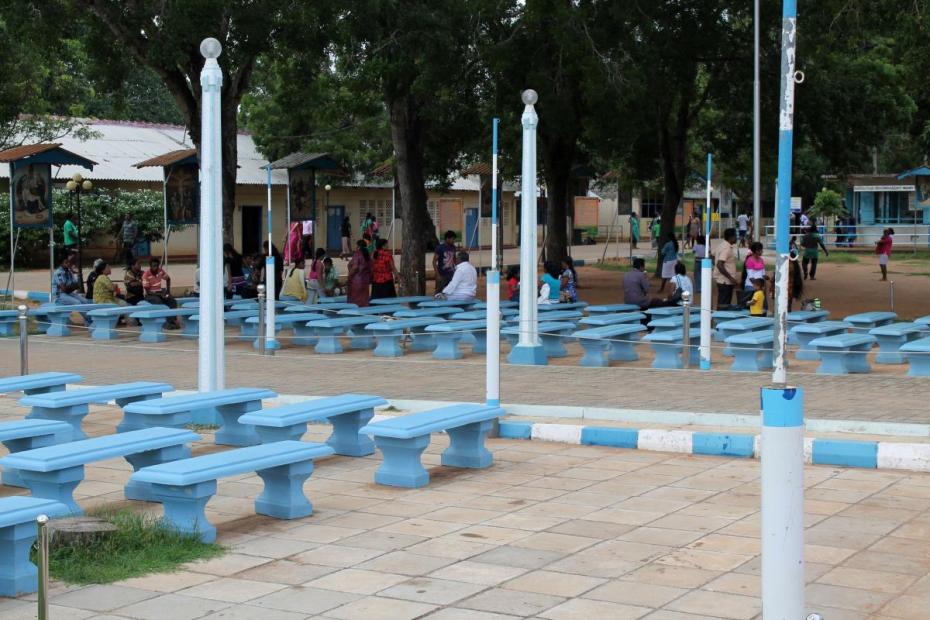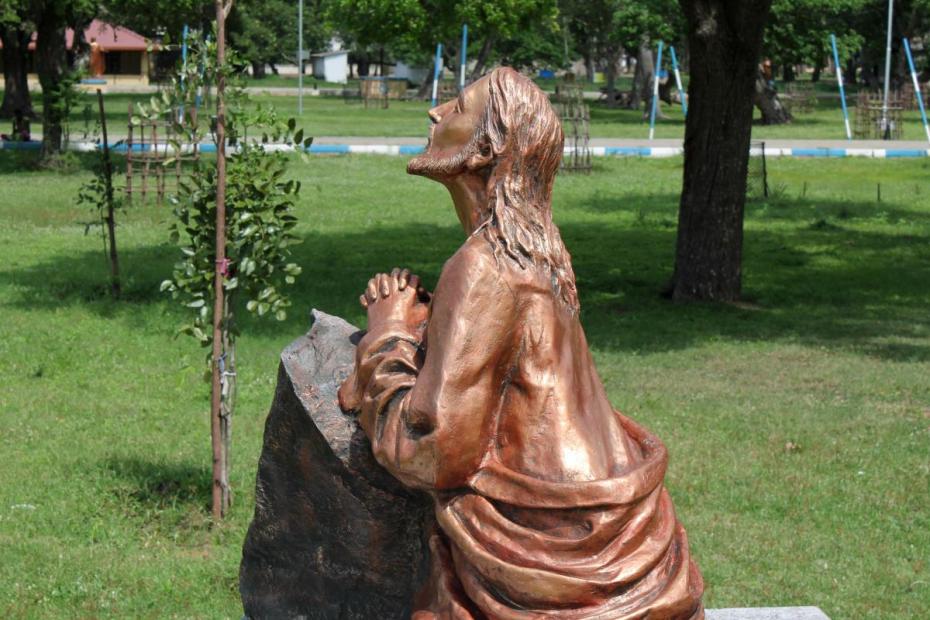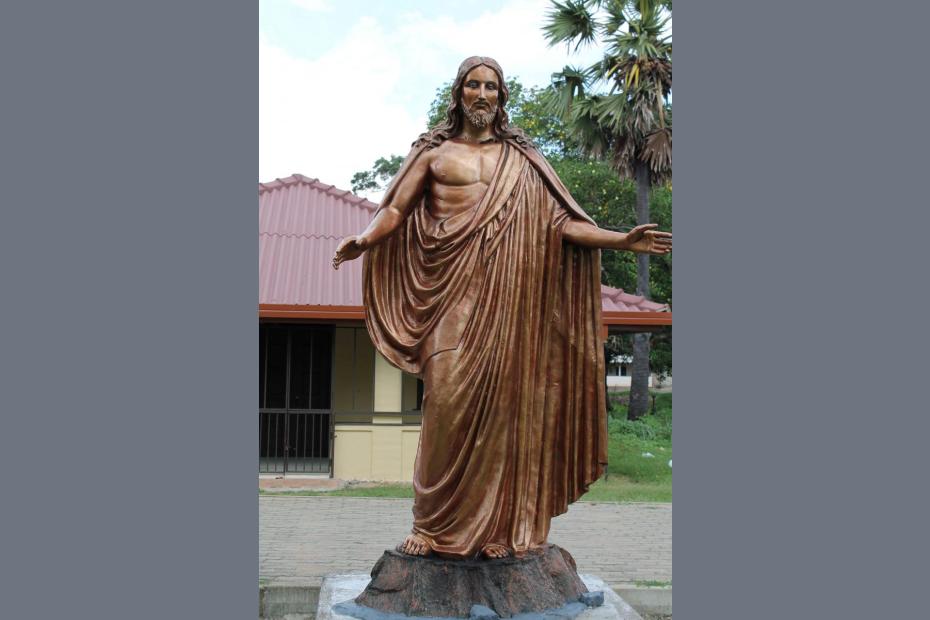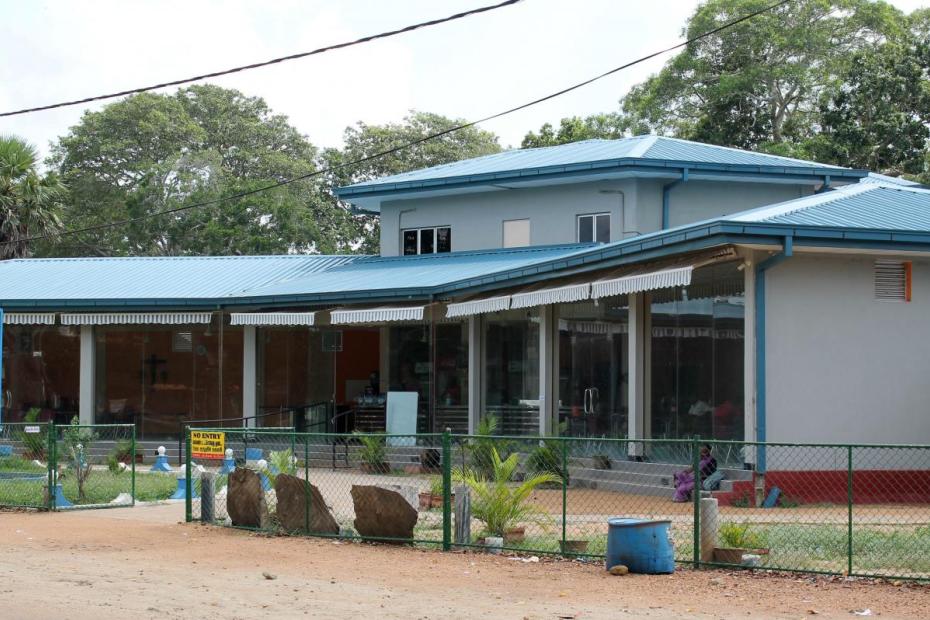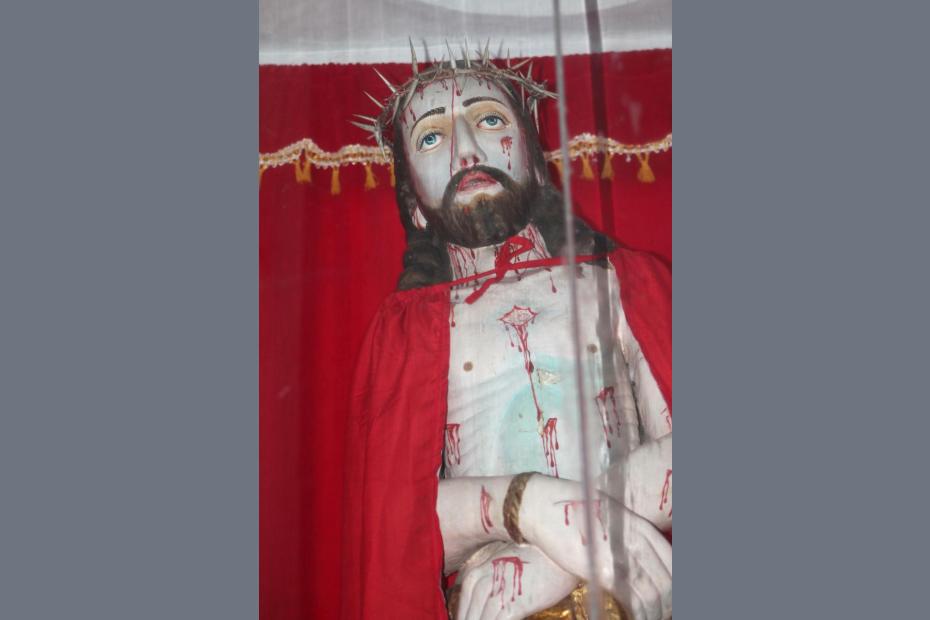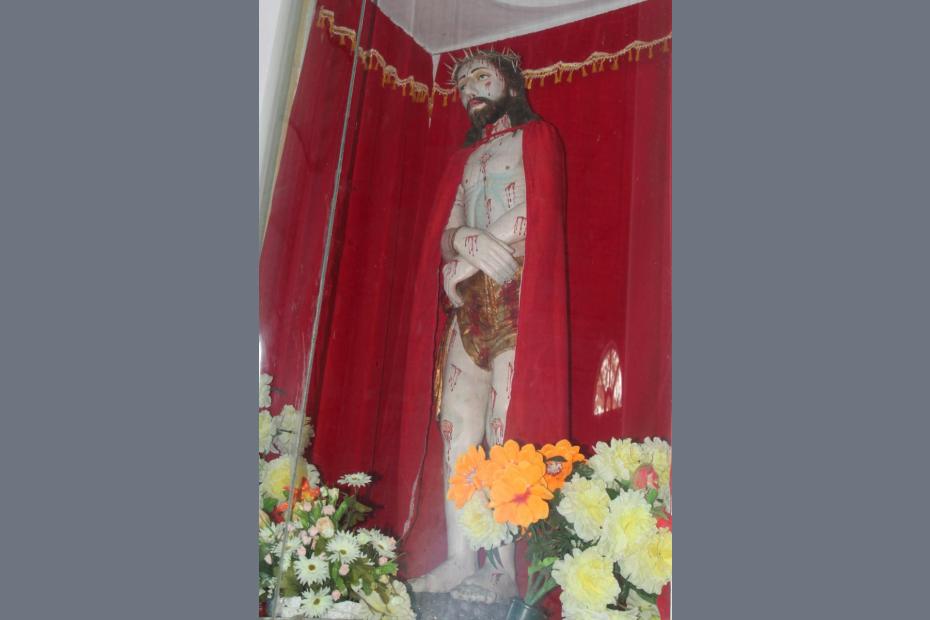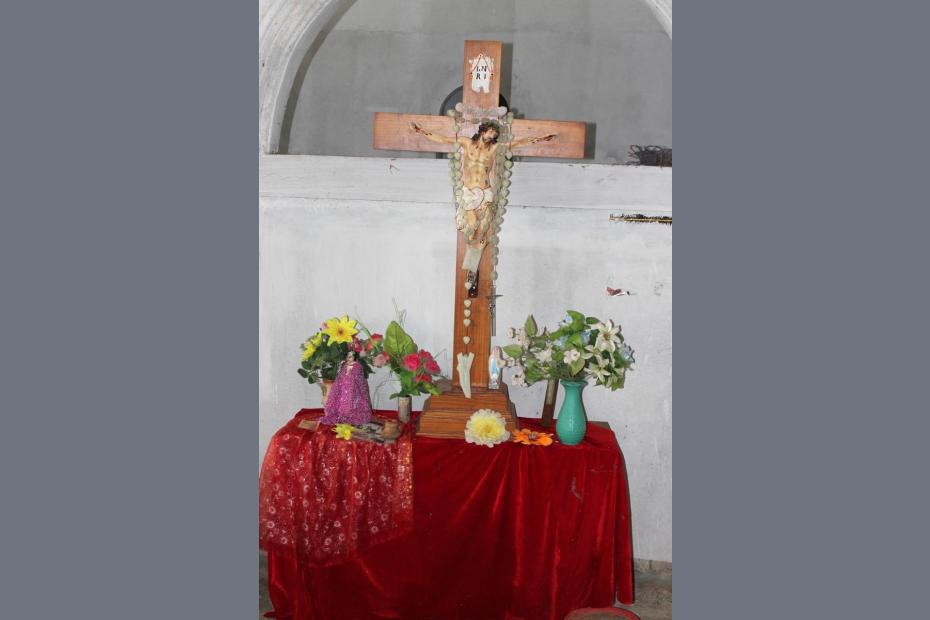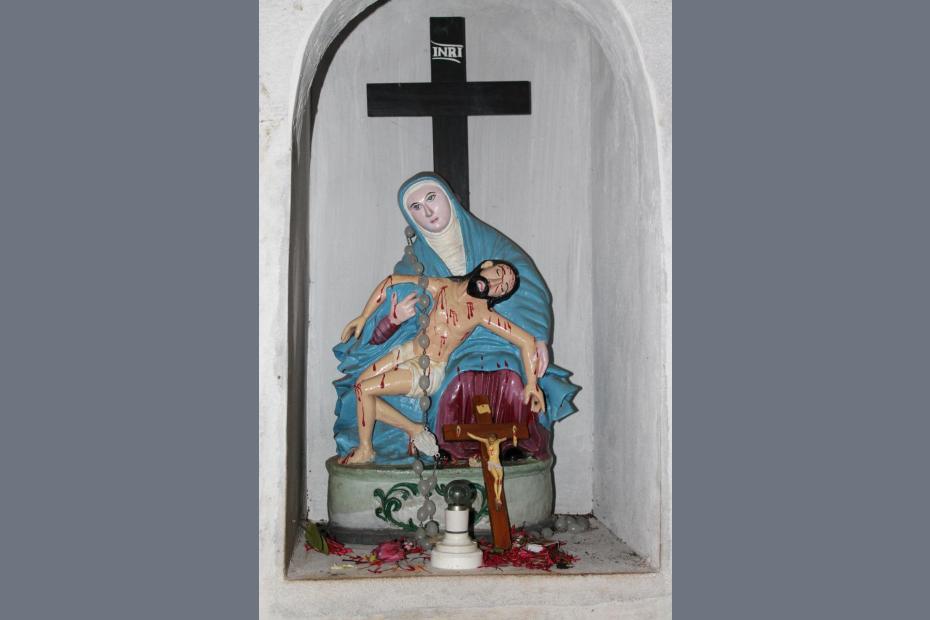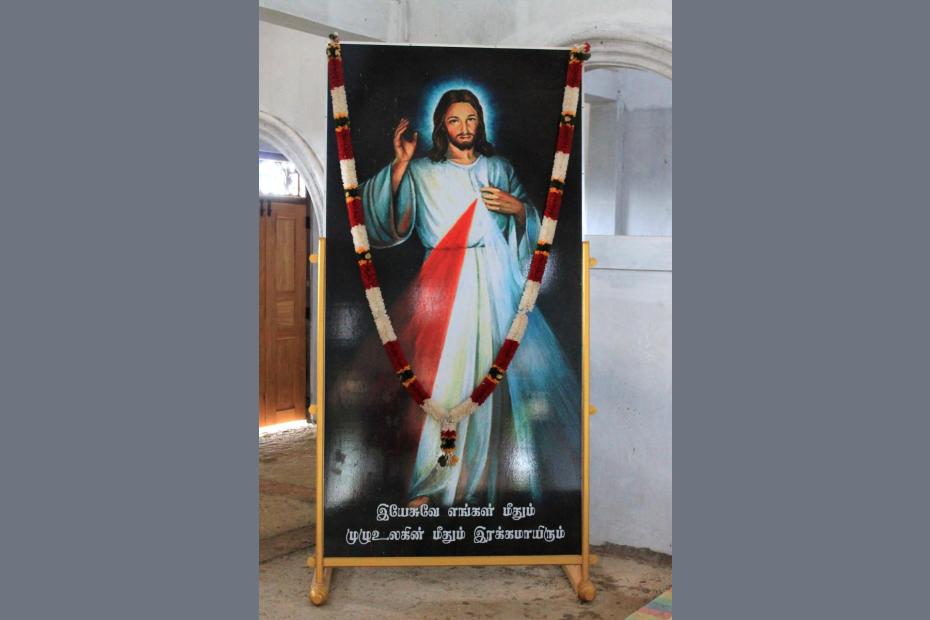Our Lady of Madhu is Sri Lanka’s holiest Catholic shrine. The story of Our Lady of Madhu begins in the second half of the 17th century. The statue of Our Lady of Good Counsel, was moved from Mantai — on the Jaffna peninsula — to Madhu. The move was ostensibly to protect the image from the colonial Dutch, who had closed churches and banned priests. Saint Joseph Vaz, an Oratorian priest from Goa, also came to the area during this period and took refuge at Madhu.
The shrine had been established for almost two centuries, when a large church was built in 1872, along with a grotto and presbytery for priests. Madhu Shrine received papal recognition when Pius XI gave permission for a solemn canonical “coronation” of Our Lady of Madhu, which was accomplished in 1924, with the church being formally consecrated in 1944.
During the Sri Lankan civil war (1983-2009), Madhu Shrine was a neutral area for refugees. Its status as a safe space, however, did not protect refugees from being shelled in during what came to be known as “The Madhu Church massacre.” Also during this period, a claymore mine was also detonated under a school bus in the area, killing 16 adults and children. Our Lady of Madhu was brought out three times for a “penitential pilgrimage” throughout Sri Lanka to end the war. When the Sri Lankan government moved to exert authority over the area, the statue of Our Lady of Madhu was moved into rebel-held areas for safe keeping before finally being returned.
While July 2 is the official festival day for Our Lady of Madhu, the celebration that draws most crowds is the Feast of the Assumption on August 15. On that date, Our Lady of Madhu is brought out for a formal procession. It is said that during the period of the civil war, Sri Lankans would look closely at Our Lady of Madhu’s Crown during the procession—if it fell, it would mean that fighting would resume. There are a number of other legends associated with Madhu Shrine, particularly surrounding snakes. It is said that when Joseph Vaz came to Madhu, snakes fled the area, only returning when Our Lady of Madhu was taken away from the area for safekeeping during the civil war. When Our Lady of Madhu returned, it is said that the snakes were driven away once again.
Madhu Shrine is located in the Mannar diocese, a Tamil speaking area in the northwest part of Sri Lanka. However, Madhu is sacred to both Tamil and Singhalese Catholics, and even Buddhists and Muslims would also come to the shrine to pay respects to Mother Mary. Madhu Shrine hosts pilgrims throughout the year. Usually, pilgrims come for several days, and stay in one of the hostels especially reserved for them. Signs make it clear that alcohol is prohibited along with dancing and “merry-making” of any kind. Pilgrims usually buy medals, scapulars, and images of Our Lady of Madhu, which they have blessed by a priest.
Madhu Church has a large “Ave Maria” sign, along with its transliterations in Sinhala and Tamil. Inside the church, pilgrims walk on their knees to approach Our Lady of Madhu and present their intentions. Flowers are also offered — which interestingly is also characteristic of worship in Buddhist and Hindu temples. Cut into the floor of Our Lady of Madhu Church is a pit that holds soil from the area in which St. Joseph Vaz said Mass while at Madhu. The soil is reputed to have curative properties, and is especially used as an antidote for snakebite. Madhu soil is mixed in concrete for the foundations of Catholic homes, and the soil is sometimes added to water and consumed by pilgrims. Surrounding Madhu Church is a large Way of the Cross. A panoramic view of the area gives a sense of the space needed to accommodate crowds during festivals.
Our Lady of Madhu is in the middle of the jungle. The Madhu Church Road branches off from highway A14 and is marked by a large gate. Nearby, a hotel (the term for restaurants in Sri Lanka) managed by the Sri Lankan Army sells rice and curry for pilgrims. Another road leads out from Madhu Shrine through an area that has yet to be fully cleared of mines and IEDs. This road emerges at Andankulam junction, where there is a much smaller shrine to the Passion of Jesus Christ.
Further Reading
Mathew N. Schmalz, “A Pilgrimage to Madhu,” America (Jan. 9, 2015)
